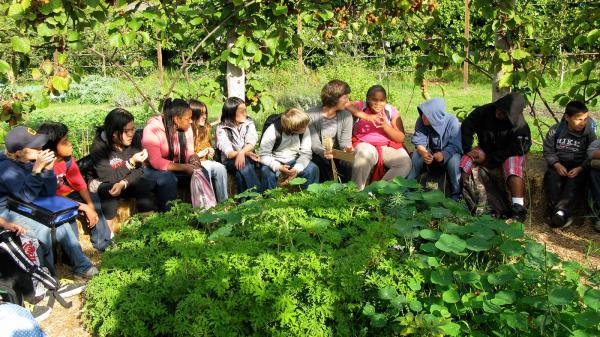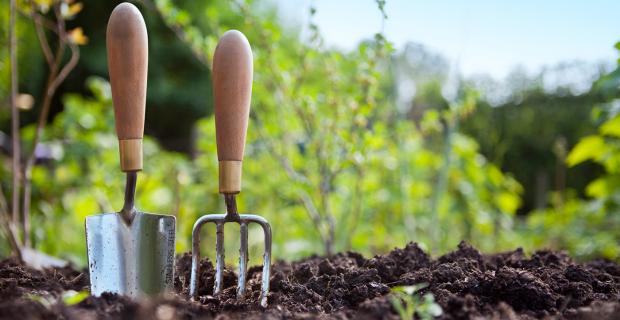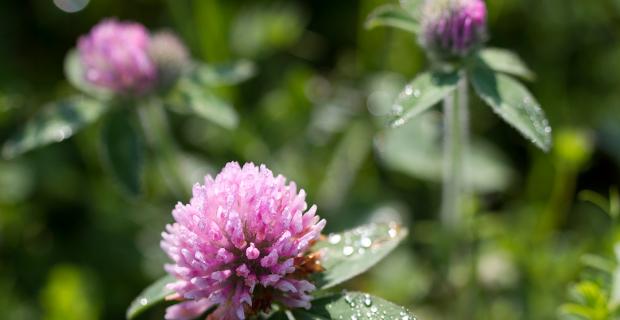The School in Every Garden

"It is the mark of a good action that it appears inevitable in retrospect."
— Robert Louis Stevenson
A garden in every school....What a great idea. This is the ambitious goal of the California School Garden Network. It has received widespread support from agriculturists, environmentalists, nutritionists, and educators. This goal represents an encouraging step toward a better understanding of how closely linked we are to our food supply and to nature. A garden in every school also offers us the best opportunity to expose the invisible crisis in our country (and world), chronic malnutrition. Whether in the form of hunger or obesity, both of these symptoms of malnutrition are taking their toll on the lives of so many in our world through an insidious ignorance that plagues urban society. The lessons to be learned from a garden come at a very critical time.
A garden teaches a child about the delicate balance between living and surviving, through a hands-on relationship with another living organism. It teaches the child about the consequences of negligence. It provides a living laboratory where life's lessons are experienced and learned. It is a step toward understanding an educational process that most of the agrarian world practices on a daily basis. The forgotten lessons that a garden provides can set the stage for new paradigms in teaching, school lunch programs, community food security outreach, agricultural literacy, and community service learning.
As a fruit and vegetable farmer I have always noticed that certain truths which occur in my fields can be offered as analogies to life in general. These "truths" exist in every garden as well. It is clear that if I plant celery or green beans in a field on a given date, I can expect to harvest each after a predictable period of growth and maturity. The seeds or transplants are all bred for uniformity and vigor. My responsibility is to provide these young plants with the best environment, fertilizer/nutrition, and cultural care possible if I am to see them thrive and yield their greatest potential at harvest time. It is the task of the farmer and the gardener to do this...crop after crop, year after year.
A field is not like a greenhouse, not like a factory. Invariably there are plants on the edge of a field or garden that, despite our best efforts, seem to miss out on the inputs, care, and attention that we invest into our crop. Not surprisingly, these plants never seem to thrive and to reach their full potential when it is time to harvest. They grow abnormally and become stunted. Their lack of vigor and immunity make them more vulnerable to all kinds of pests and diseases. They are always less productive than the other plants that receive full benefit of the care given.
I offer this simple analogy. How can children be any different from the plants and animals that a farmer or a gardener raises? A child who eats a doughnut and soft drink every morning, a fruitless fruit punch and cookie for lunch, and some poor excuse for a dinner, day after day, has a bad fertilizer program. Interestingly, some of the poorest kids have the best diets, and some of the richest kids have the worst. If we raise a generation of children that miss out on so many of the critical components to a productive, thriving life, then what excuse can we give? As a farmer I know my limitations and I know the consequences of failing to properly care for my crops. I can tolerate a 5- to 10-percent failure rate in my fields. But in terms of human failures, what percent of a dysfunctional, malnourished population is acceptable? Aggressive behavior, attention deficit syndrome, immune system abnormalities, learning disabilities...what role does nutrition deficiency play? Our greatest fear should be that we are raising generation after generation of humans who will never reach their full potential, because of our nutritional neglect and ignorance. As a nation and as a world, I believe we are just now realizing the consequences of failing to care for our most valuable resource: our children.
I am encouraged to think that new partnerships and paradigms will help us to move in a positive, decisive direction. Agriculture, nutrition, and education are not three mutually exclusive areas of activity. They can merge together into a logical, hand-holding relationship that takes full advantage of each other's resources. In my time as California Secretary of Food and Agriculture it is with great excitement and fulfillment that I have seen and been able to take part in the development of the California School Garden Network (CSGN), a group dedicated to bringing these resources together. I believe that CSGN's vision of a garden in every school is becoming a reality. This group, which represents a variety of state agencies, private companies, educational institutions, and nonprofit organizations, is dedicated to the mission of creating and sustaining gardens in every willing school in California.
In my hometown in southern California, and increasingly in other areas across the state, many dedicated individuals are creating gardens, in every willing school, that can become the cornerstone of a new awareness for our society of the importance of nutritional abundance. I believe that the creation of nutritional abundance in this world is the highest, most achievable goal we can work toward. It lays the foundation for all other human endeavors. As urban society struggles with so many social ills, hope can be found in our own "backyard." The lessons to be learned in a "garden" can provide us with a better understanding for what it takes to create a "paradise." It may be the difference between living and surviving.




